18 GPTs for Recipe Conversion Powered by AI for Free of 2025
AI GPTs for Recipe Conversion are advanced tools powered by Generative Pre-trained Transformers designed to assist in the adaptation and modification of culinary recipes. They leverage AI to understand ingredients, measurements, and cooking processes, offering tailored solutions to convert recipes according to specific dietary requirements, serving sizes, or ingredient substitutions. This technology illustrates the application of GPTs in providing specialized solutions within the culinary field, emphasizing their role in enhancing creativity and accessibility in cooking and baking.
Top 10 GPTs for Recipe Conversion are: Recipe Simplifier,Vegginator,Veganize It!,Smart Cart - ZA,烘焙助手,Recipe Reformatter,Air Fryer Calculator UK,Shopping list scraper,Vegan Recipe Transformer,The Veganiser
Recipe Simplifier
Simplify cooking with AI-powered precision
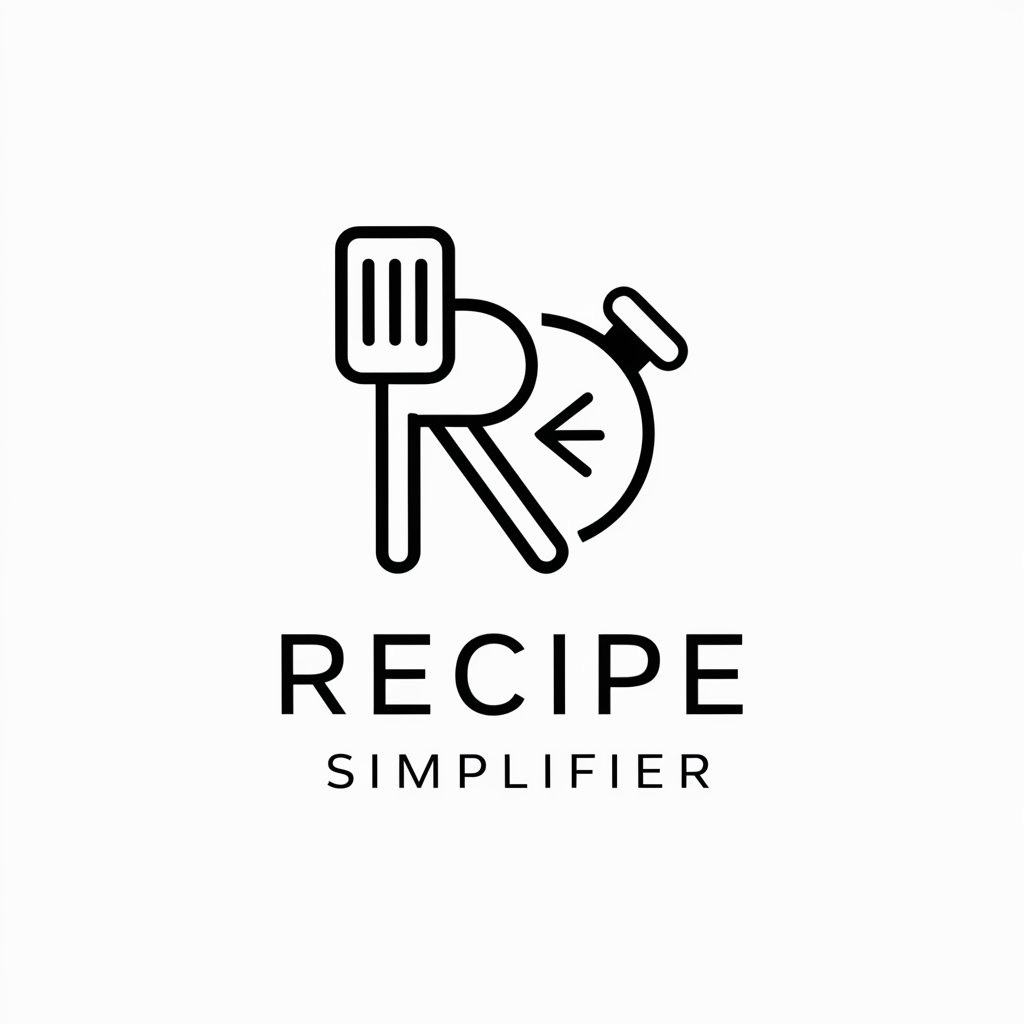
Vegginator
Elevate Your Meals with AI-Powered Vegetarian Transformations
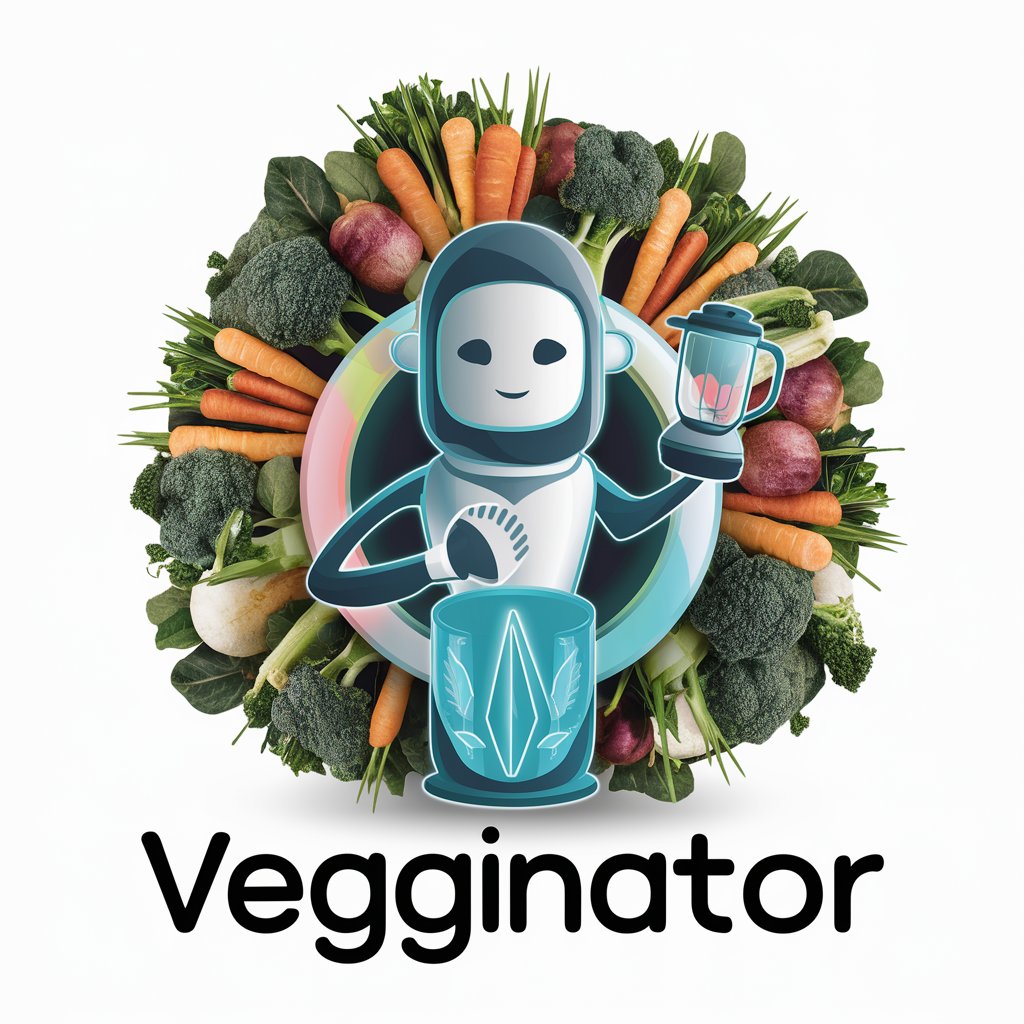
Veganize It!
Transforming favorites into vegan delights.
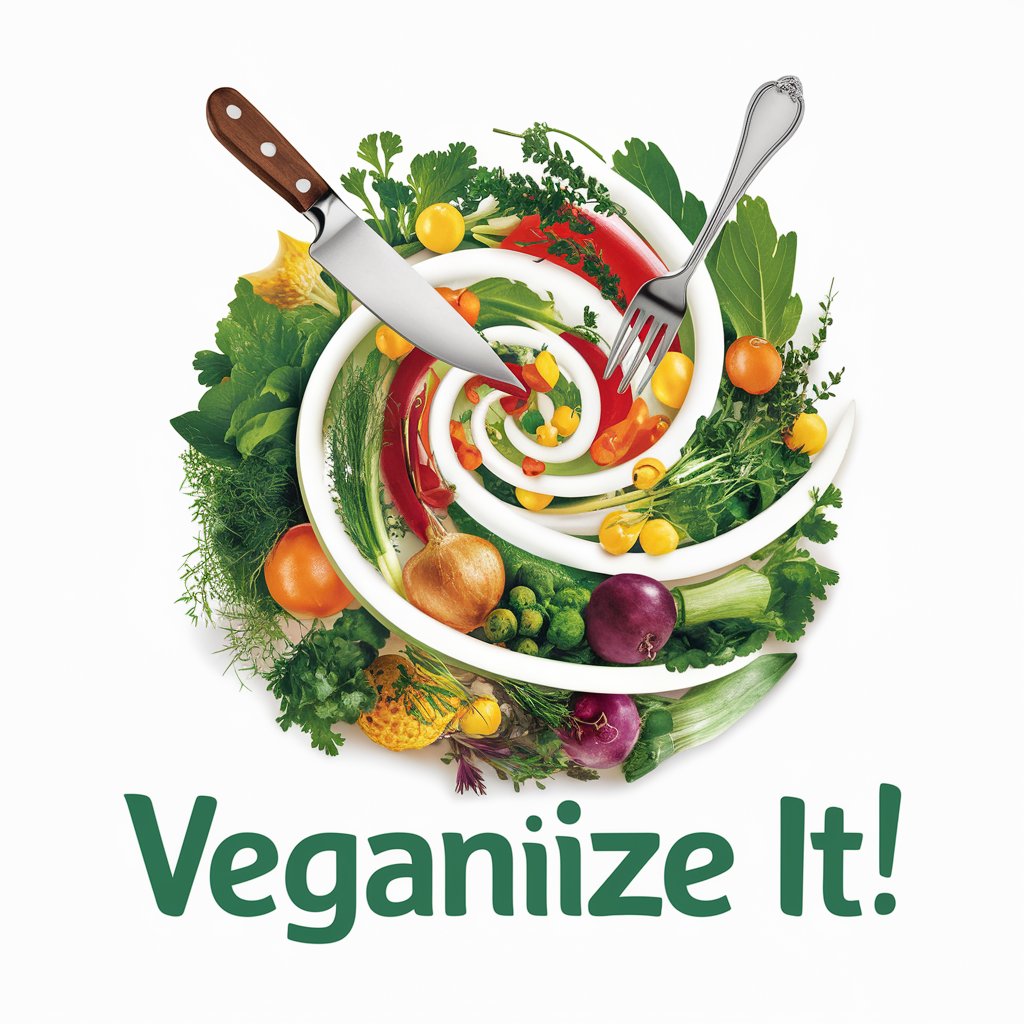
Smart Cart - ZA
Your AI-powered grocery planner.

烘焙助手
AI-Powered Baking Simplification

Recipe Reformatter
Simplify Cooking with AI-Powered Recipe Conversion

Air Fryer Calculator UK
Convert oven recipes to air fryer perfection.

Shopping list scraper
Turn recipes into shopping lists instantly.

Vegan Recipe Transformer
Transform recipes into vegan delights effortlessly.
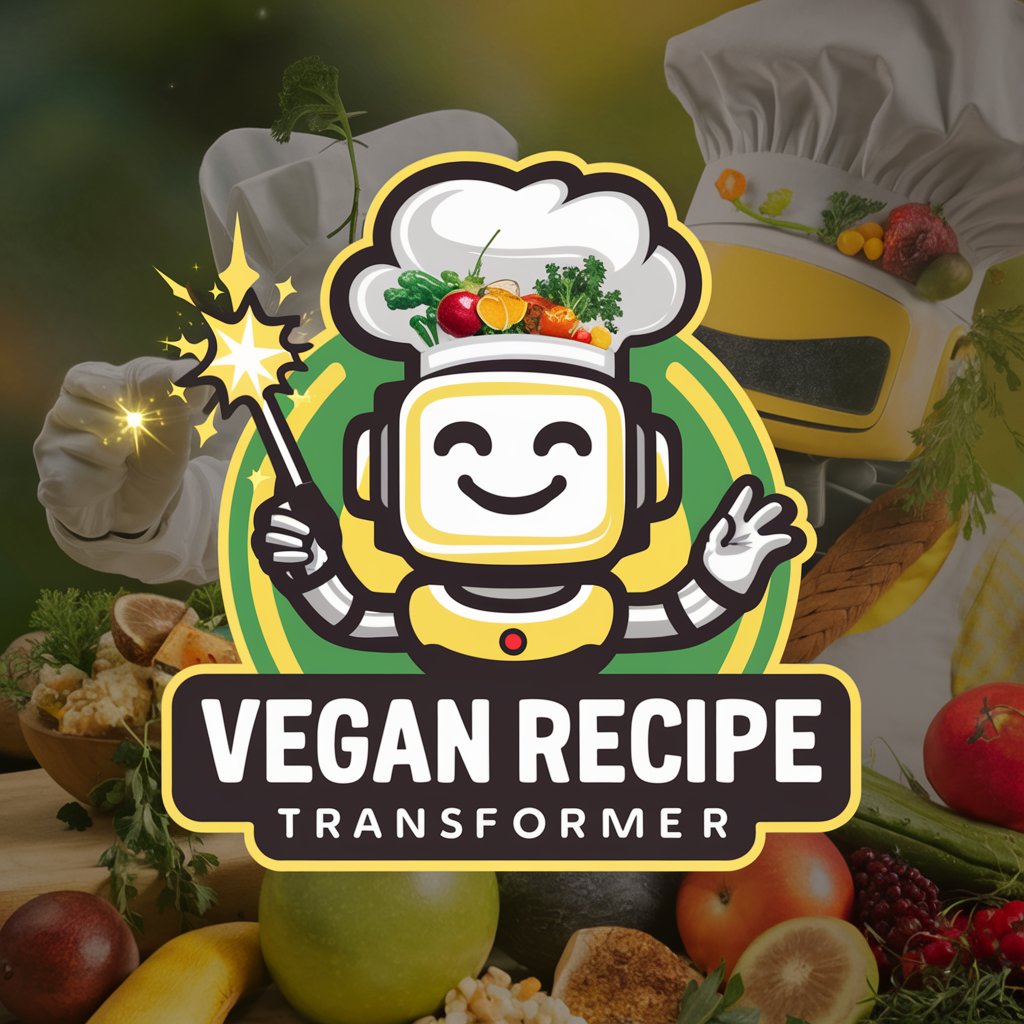
The Veganiser
Transforming any dish into vegan delicacies.
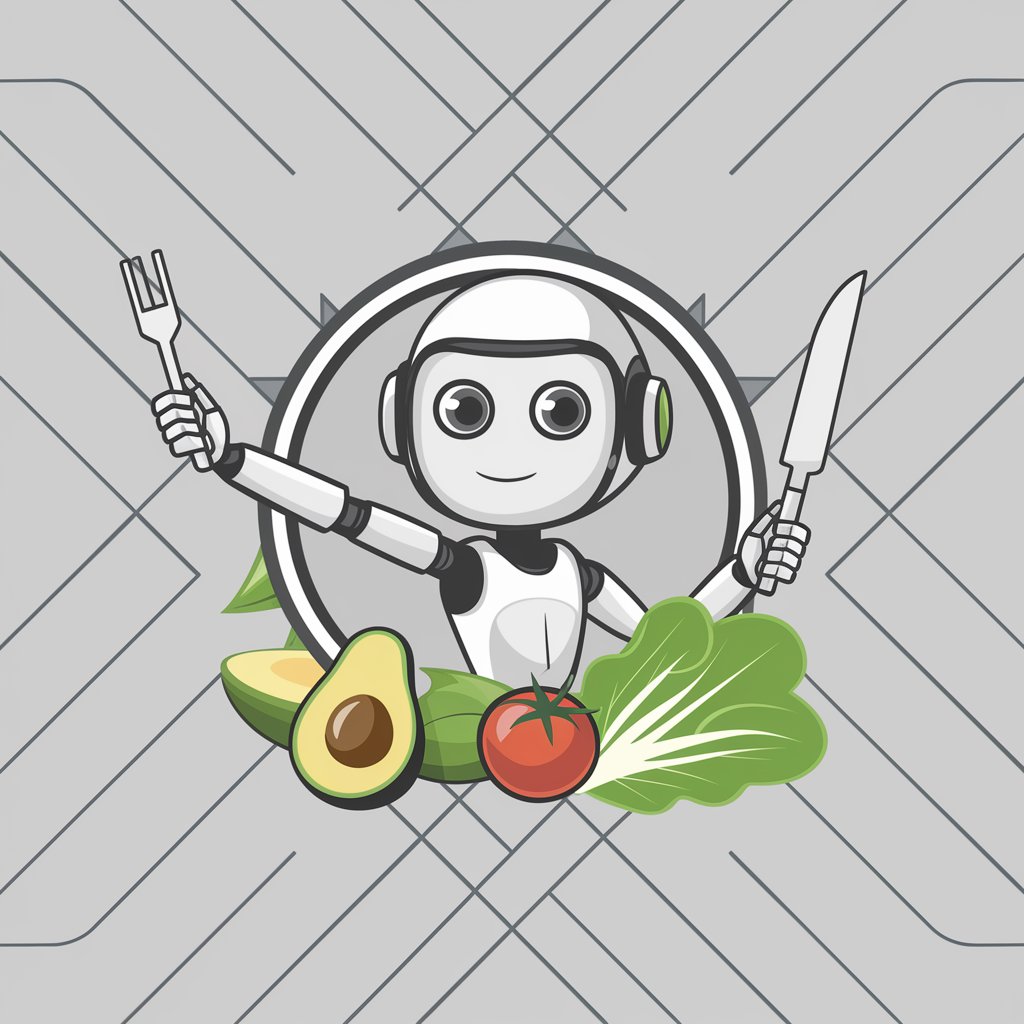
Grocery List | Extract ingredients from any recipe
Simplify shopping with AI-powered recipe parsing.
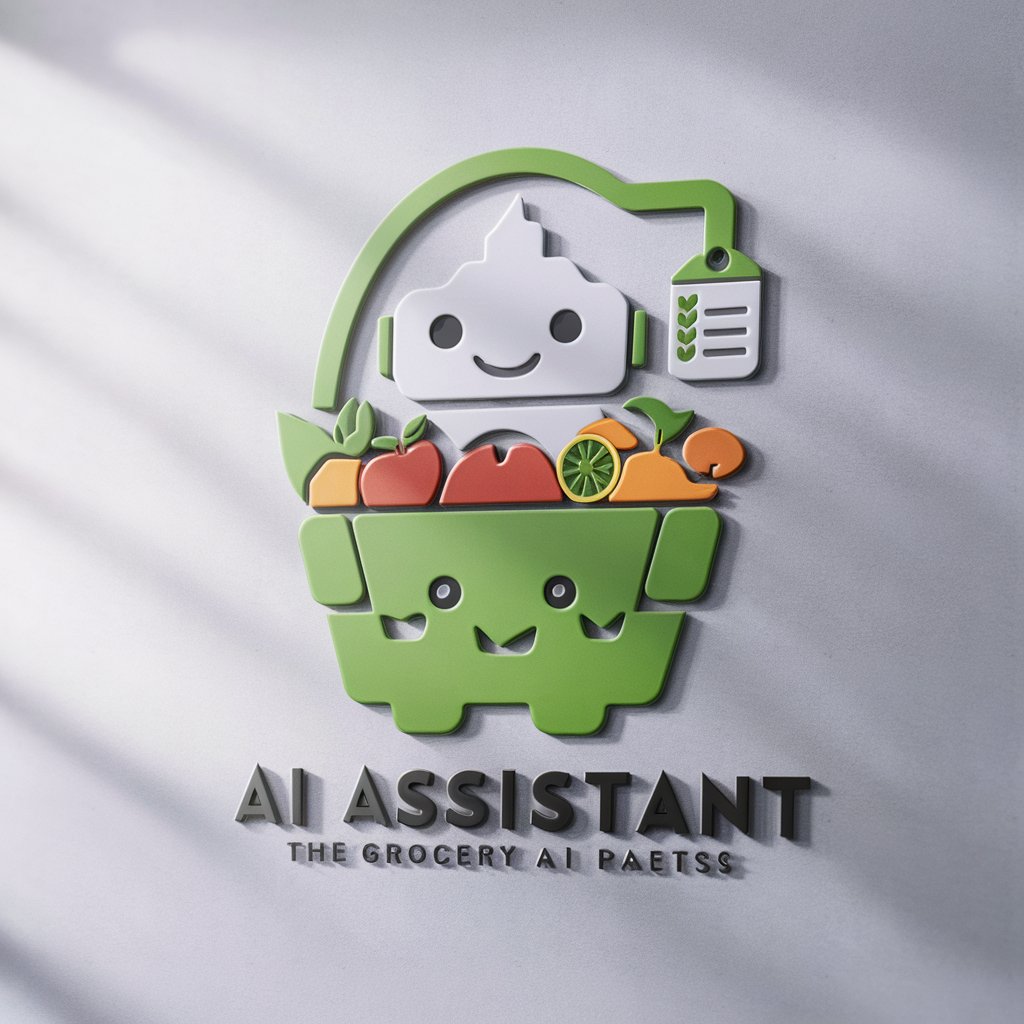
Vegan Chef 👩🍳🥑
Crafting vegan delights from global cuisines.
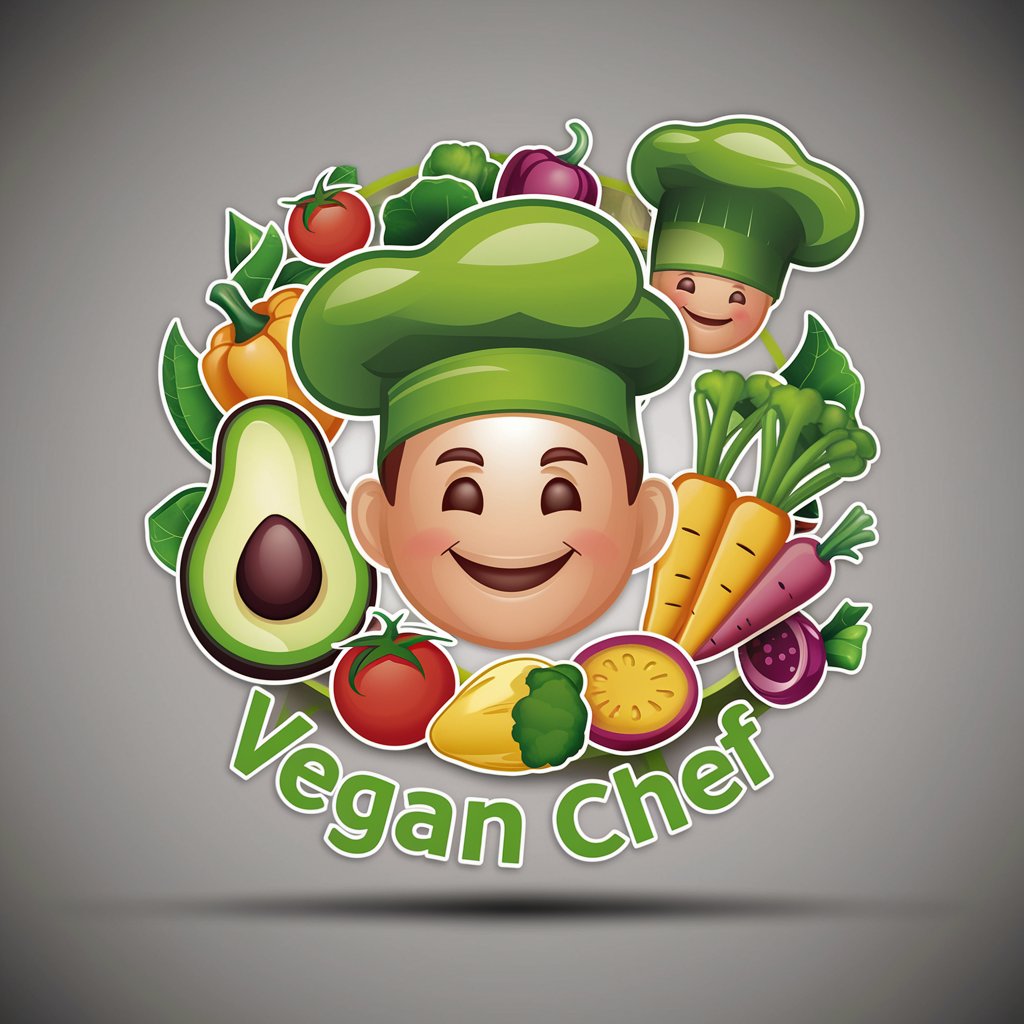
Instant Pot GPT Chef
AI-Powered Instant Pot Mastery
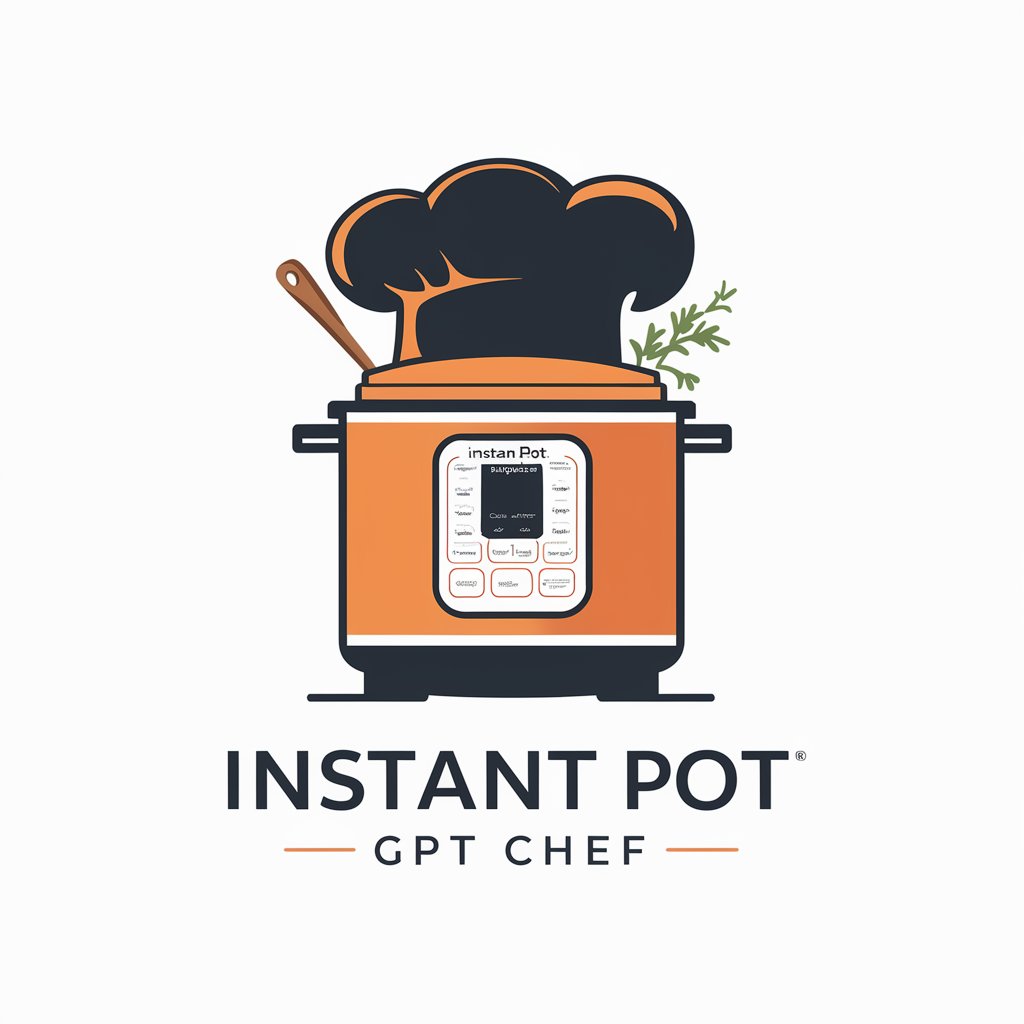
Gluten Free Gourmet
Transforming Recipes, Embracing Gluten-Free
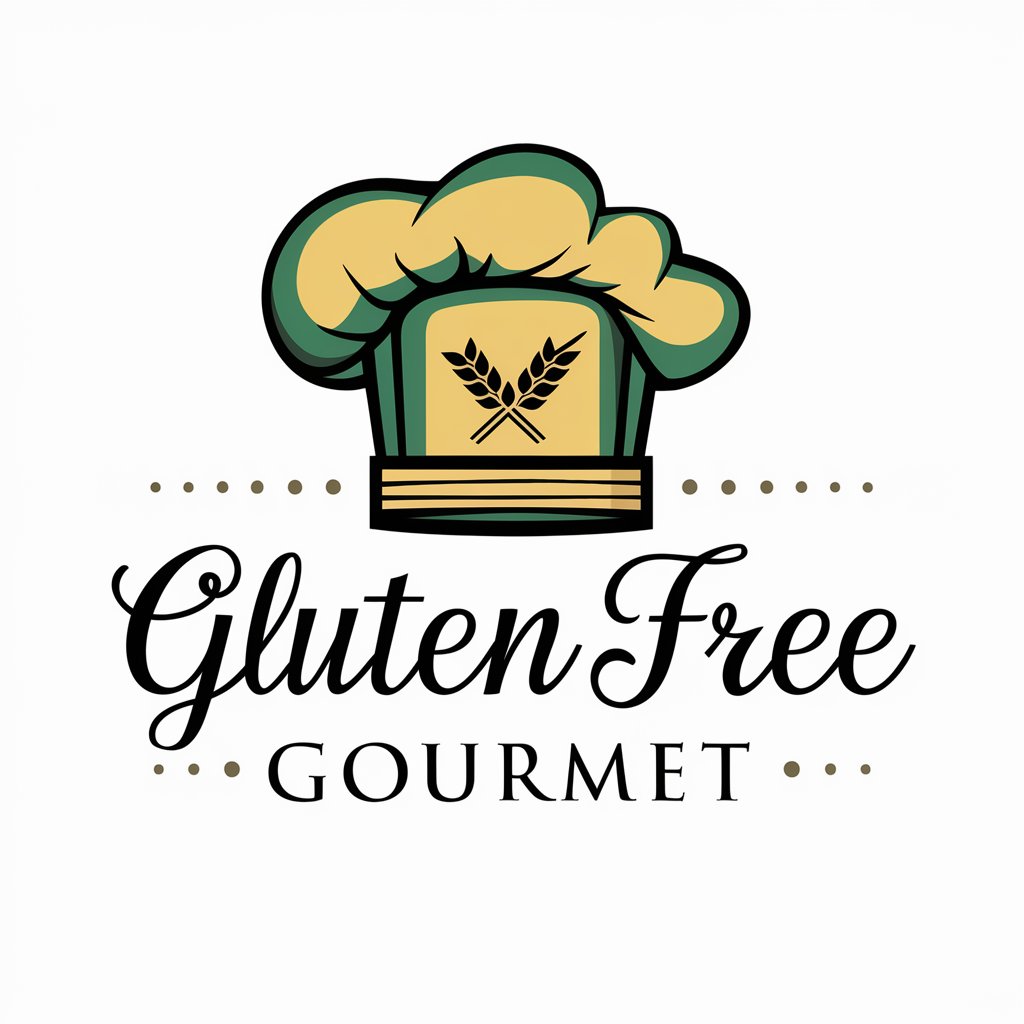
Gas Range
Master the Flame with AI
Recipe Veganizer
Revolutionizing recipes with AI
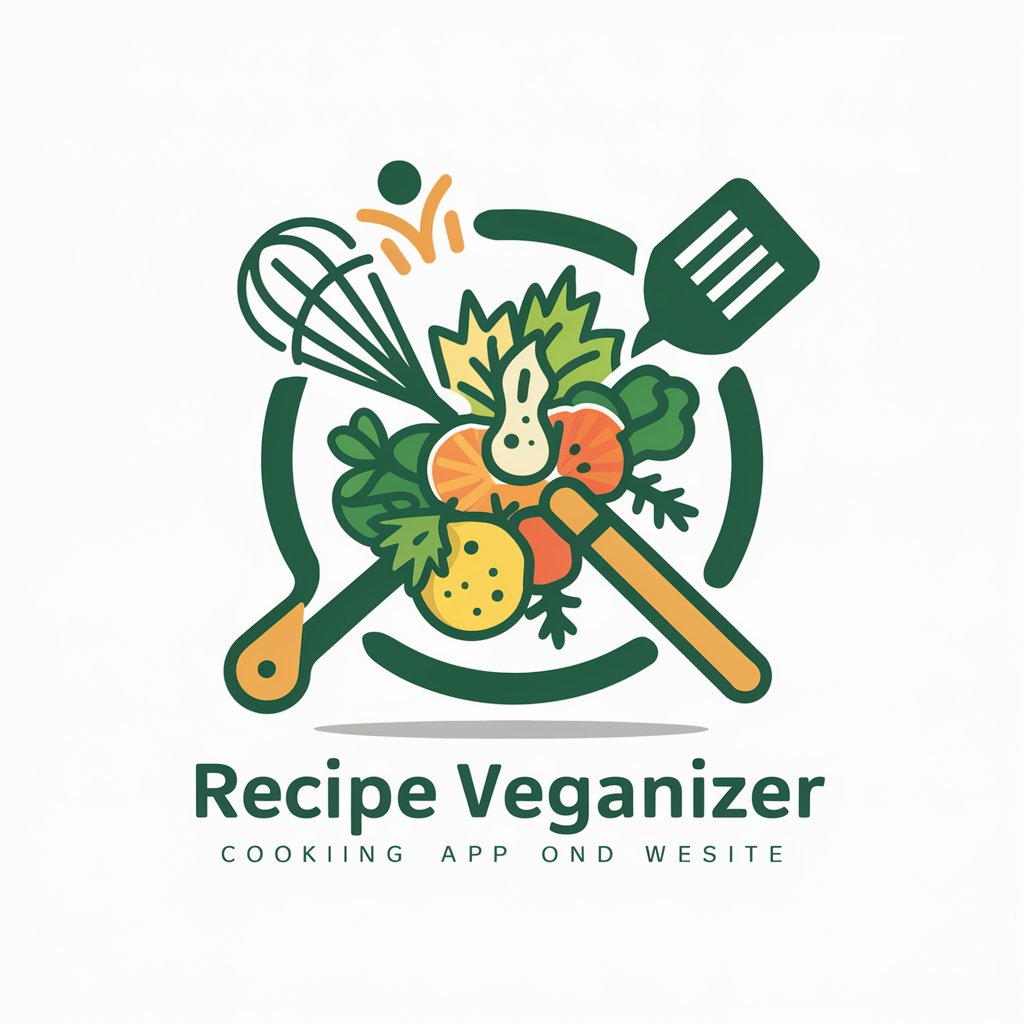
Conversion liters, centiliters, milliliters etc
Simplify volume conversion with AI power
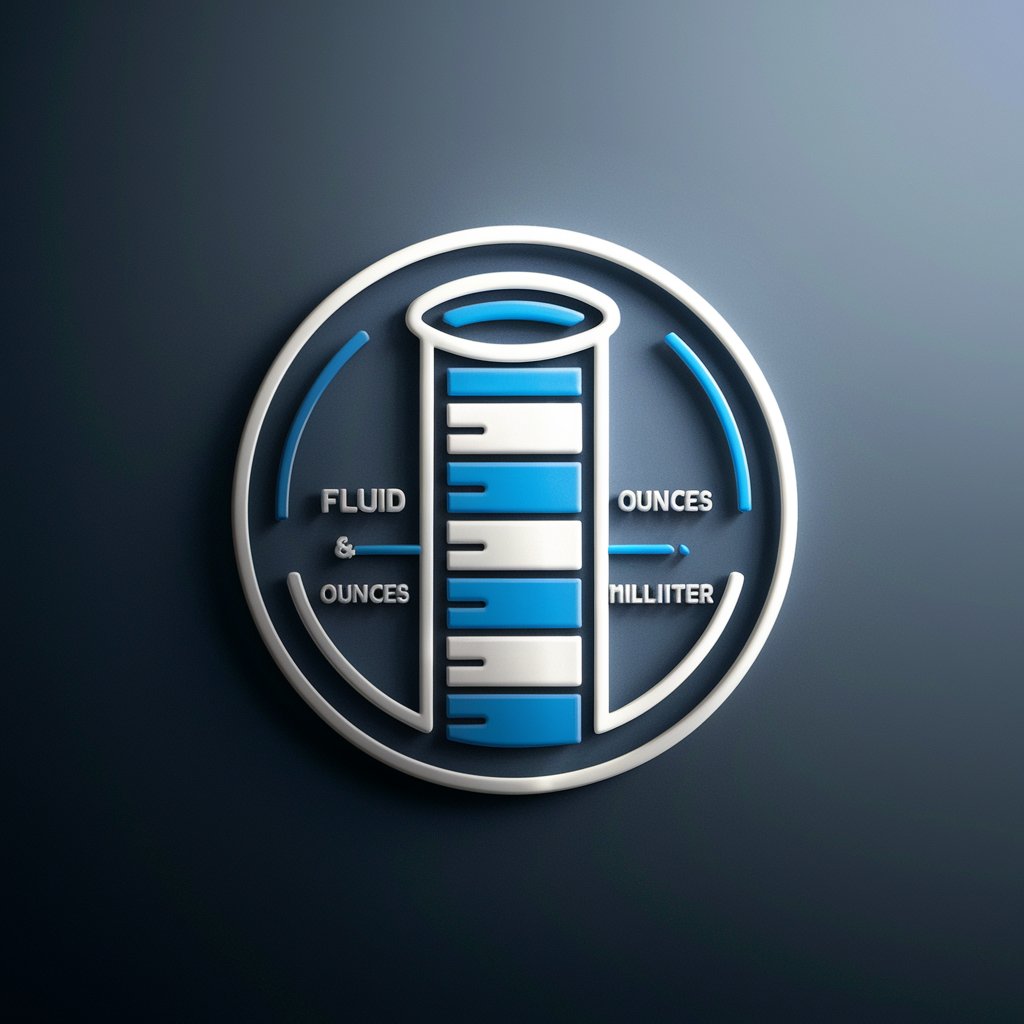
What the Measure
Your AI-Powered Cooking Companion
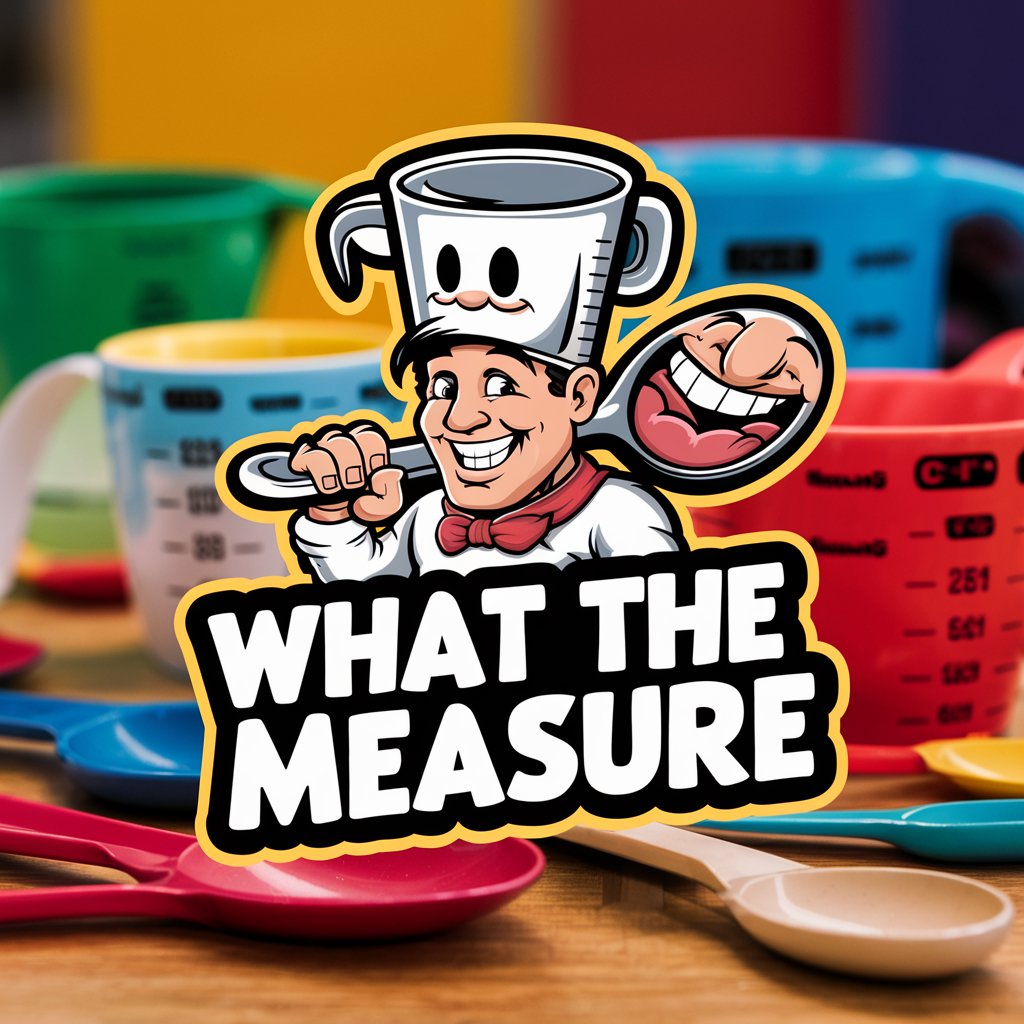
Essential Attributes of Recipe Conversion AI
AI GPTs tools for Recipe Conversion are characterized by their adaptability and multifunctionality, capable of handling tasks ranging from simple measurement conversions to complex dietary adjustments. Key features include natural language understanding for interpreting recipes, ingredient substitution suggestions, scaling recipes to different serving sizes, and adapting recipes to meet dietary restrictions. Special capabilities such as image recognition for ingredient identification, integration with cooking databases for comprehensive ingredient knowledge, and user interaction through conversational interfaces distinguish these tools in the culinary tech space.
Who Benefits from Recipe Conversion AI?
The primary users of AI GPTs for Recipe Conversion include culinary enthusiasts, professional chefs, dietitians, and individuals with dietary restrictions. These tools are designed to be accessible to novices without programming skills, offering intuitive interfaces and guided assistance. Additionally, developers and culinary professionals can leverage these tools for more complex recipe development and customization, benefiting from the AI's programming capabilities and technical support for integrating with existing culinary applications and databases.
Try Our other AI GPTs tools for Free
Plant-Based Alternatives
Discover how AI GPTs tailored for plant-based alternatives can transform your approach to sustainable product development with cutting-edge technology designed to streamline processes and enhance innovation.
Techno-Optimism
Discover AI GPTs for Techno-Optimism: tools designed to inspire confidence and enthusiasm in technology's potential to drive positive change and solve global challenges.
Article Summaries
Discover how AI GPTs for Article Summaries can transform extensive articles into concise, essential insights, catering to professionals, students, and anyone in between.
Influencer Partnership
Discover AI GPT tools for Influencer Partnership, revolutionizing influencer marketing with automated, data-driven solutions for brands and agencies.
Employment Initiatives
Discover how AI GPTs revolutionize employment initiatives, offering tailored job matching, streamlined hiring, and skill development. Explore tools designed for efficiency and effectiveness in the employment sector.
Metaverse Accessibility
Discover how AI GPTs revolutionize Metaverse Accessibility, offering intuitive, adaptable, and inclusive tools for a seamless virtual experience.
Expanding Culinary Horizons with AI
AI GPTs for Recipe Conversion not only simplify the process of adapting recipes but also inspire creativity in the kitchen. They offer a user-friendly interface that makes culinary exploration accessible to everyone, regardless of cooking skill level. The possibility of integrating these AI solutions with existing culinary systems or workflows opens new avenues for personalized cooking experiences, making it easier for individuals to cater to their dietary preferences and discover new favorite dishes.
Frequently Asked Questions
What exactly can AI GPTs for Recipe Conversion do?
They can convert measurements, suggest ingredient substitutions, scale recipes up or down, and adapt recipes to meet specific dietary needs.
Do I need coding skills to use these AI tools?
No, these tools are designed to be user-friendly for individuals without coding experience, providing easy-to-use interfaces and instructions.
Can AI GPTs suggest recipes based on what ingredients I have?
Yes, they can suggest recipes based on available ingredients, helping to minimize waste and discover new dishes.
How do these tools handle dietary restrictions?
They can customize recipes to omit or substitute ingredients that do not meet specific dietary restrictions, such as gluten-free or vegan options.
Can these AI tools scale recipes for different serving sizes?
Yes, they can adjust ingredient quantities to suit different serving sizes, maintaining the recipe's integrity.
How do AI GPTs for Recipe Conversion learn new recipes?
They continuously learn from a vast database of recipes and user interactions, improving their suggestions and conversions over time.
Can I integrate these AI tools with my cooking app or website?
Yes, developers can integrate these AI tools with existing platforms, offering enhanced functionality to their cooking apps or websites.
Are there any language limitations for these tools?
While primarily designed for English, many tools are expanding to include multiple languages, enhancing accessibility for a global audience.